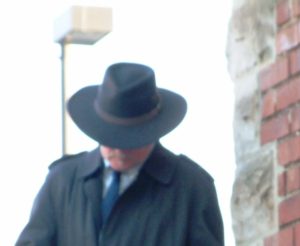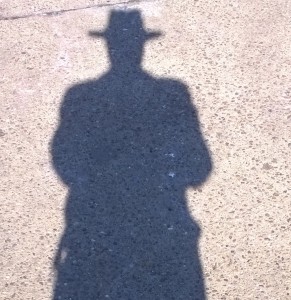President Ngo Dinh Diem was a controversial figure even before claiming presidency of South Vietnam. Once it became public that the United States backed him on his run for president, the French issued a statement claiming that Diem was “not only incapable, but mad.” However, Colonel Edward Lansdale and Lieutenant Colonel Lucien Conein believed Diem, a warlord from Hue, was the best available choice to keep South Vietnam from falling under the control of communism. Diem, a devout Catholic, was born into one of the elite families associated with the Vietnamese imperial family. Immediately after World War II, Ho Chi Minh, who was forming his government in North Vietnam, asked Diem to take a position in his administration. Diem turned him down. Ho had hoped to take advantage of Diem’s religion to gain support from Catholics.
In an attempt to provide close guidance, Lansdale moved into the palace with President Ngo Dinh Diem before his election and stayed until late 1956. Lansdale and Diem became close friends, and to a large extent, Lansdale was able to keep Diem focused on his presidency while continuing his psy-ops program, named Saigon Military Mission, against the North.
Lansdale was transferred back to Washington, DC, in 1957 and promoted to Deputy Assistant Secretary for Special Operations working out of the Office of the Secretary of Defense. Shortly after Lansdale left, Diem changed how he conducted himself as president. Diem had campaigned for land reform and to remove the anti-Buddhist laws that had been imposed by the French. The French, which were predominately Catholic, had controlled most of the land and the wealth in Indochina for decades, despite representing only ten percent of the country’s population. Moreover, the largest landowner in Vietnam was the Catholic Church. Most of Diem’s government officials were Catholics, yet seventy percent of the country was Buddhist. Needless to say, like most politicians, Diem failed to keep his campaign promises. At the end of the 1950s, the anti-Buddhist laws were still on the books and seventy-five percent of the land was still held by fifteen percent of the population.
The North Vietnamese government pressed Diem to comply with the Geneva Accords by holding elections in July 1956, to which Diem had not agreed and which he refused to do. Ho Chi Minh harassed the South Vietnamese government by sending loyalists from the North to organize armed citizens against the Diem government. By 1959, some 1,200 of South Vietnamese government officials were murdered by the North Vietnamese or by South Vietnamese who were loyal to the North.
Diem pushed back hard. First, he arrested and imprisoned communists and socialists. Next, he went after journalists, trade-unionists and leaders of religious groups, mainly Buddhists. Even children found writing anti-Diem messages on walls were put in prison. As a result of Diem’s actions, soon 100,000 people were in prison camps. Still, the US poured money into South Vietnam and encouraged Catholic refugees from the North to come to the South to escape the communist-leaning Ho Chi Minh.
By the end of the Eisenhower presidency, there were rumblings within the US government against Diem’s governing practices—mainly, that he was not following US suggestions. But they were stuck with the seated president because they did not believe there were any alternatives.
So by the end of the 1950s, Vietnam had a large number of issues. Were you aware of how bad this situation had become?

